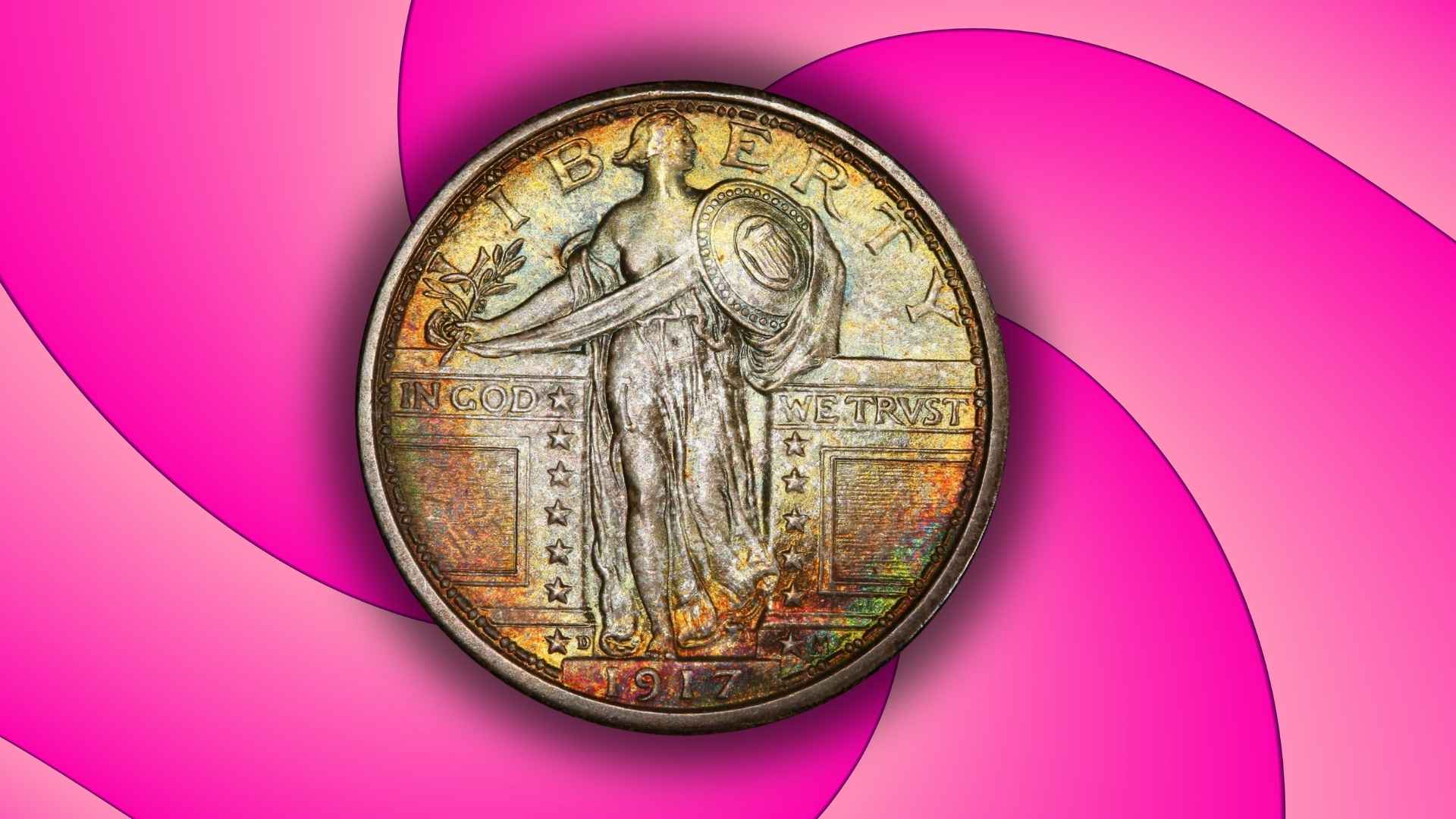Century‑old 25‑cent pieces from Philadelphia and San Francisco are smashing the quarter‑million mark thanks to scarce mintages, dramatic overdates and pristine “full‑head” strikes.
The Standing Liberty Quarter series (1916‑1930) already enjoys star status among numismatists, but three specific dates have crossed into truly elite territory: each can command more than $250,000 when presented in top‑tier condition. Which coins make the cut, and why are bidders so eager to pay six figures for a piece of pocket change?
How the tiny 1916 Philadelphia mintage built a quarter‑million‑dollar legend among modern U.S. coin collectors
Only 52,000 quarters left the Philadelphia Mint in the series’ debut year, and many circulated before anyone realized the design had changed. Today, examples graded “full head” (where Liberty’s helmet shows complete detail) sit atop the Professional Coin Grading Service (PCGS) price guide at well above a quarter‑million dollars. First issue scarcity, stark Art Deco styling and silver content all combine to keep demand fierce. Ever checked your grandparents’ coin jar?
Why the dramatic 1918 overdate from San Francisco can still shatter price ceilings at premier numismatic auctions
During a hurried die change, a “7” was mistakenly punched over by an “8,” creating the celebrated 1918/7‑S error. Surviving pieces with a clearly visible overdate are few; survivors with sharp full‑head detail are rarer still. PCGS guide figures show that gem examples easily break the $250,000 threshold, and collectors prize the coin as the series’ most famous minting mishap. In fact, it’s the classic illustration of how a tiny production blunder can multiply value overnight.
Record‑setting 1919‑S full‑head specimen proves condition still rules the market for Standing Liberty Quarters
Condition is king, and nothing proves it better than the San Francisco issue of 1919. A superb MS‑67 “full head” specimen realized $258,500 at a Stacks Bowers sale, underscoring how even a relatively higher‑mintage date can explode in value when the strike, luster and preservation align perfectly. Consequently, graders scrutinize helmet rivets, shield dots and eagle feathers before assigning the coveted full‑head designation.
| Date & mint mark | Why collectors prize it | Value in gem condition* |
|---|---|---|
| 1916 (Philadelphia, no mint mark) | First‑year issue; mintage of 52,000 | PCGS guide: above $250K |
| 1918/7‑S (San Francisco) | Prominent overdate error | PCGS guide: above $250K |
| 1919‑S (San Francisco) | Finest full‑head example known | Auction record: $258,500 |
*Values refer to coins graded MS‑66 or better with full‑head detail.
So, what should an interested collector do next? First, learn to spot key diagnostics—look for the mint mark location, check Liberty’s helmet for sharp lines and locate the tiny “M” under the date. Second, insist on third‑party certification from PCGS or the Numismatic Guaranty Company (NGC); these services safeguard authenticity and condition grades. Finally, remember that rarity, eye appeal and provenance all influence price—making expert advice essential before bidding.
Whether tucked away in an old safe‑deposit box or dazzling under auction lights, these three Standing Liberty Quarters prove that the right 25‑cent coin can be worth far more than its weight in silver.

